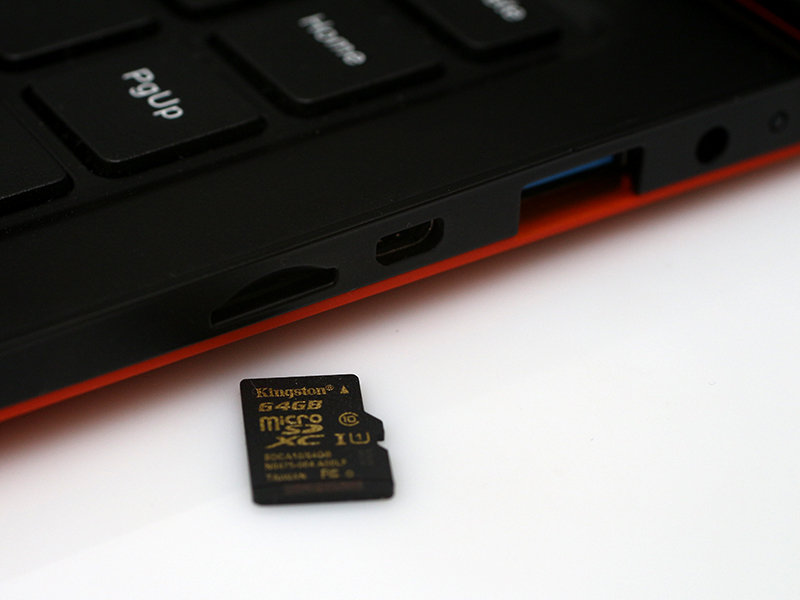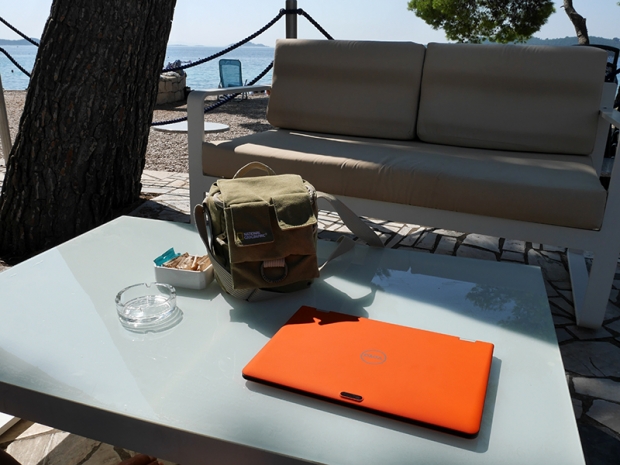Index
We took the Voyo V3 ultrabook for a spin during our summer vacation, just to see how it will cope with some daily tasks like catching up on emails, browsing the news, checking out the photos we have taken, and watching IPTV or movies in the evening. It worked like a charm and we couldn’t find much to complain about, so let’s start with these minor issues.

The sound from the speakers is thin, almost without bass, and it is a pity as the device is otherwise great for media consumption, thanks to the excellent 1080p panel and generous battery. If you intend to use it for work, it’s not much of an issue, but if you like to enjoy some video on your notebook, the speakers simply don’t cut it.
The system is very responsive in everyday use, and the display looks good even at 50% brightness. We decided to try out the SD card reader, which is the only practical way of expanding on-board storage, and we were in for a pleasant surprise.
The high speed SD card from our SLR delivered read and write speeds of around 90MB/s and 50MB/s respectively, maxing out the card as per its spec. Also, both USB ports had enough power to drive a couple of 2.5-inch external USB hard disks we had laying around, and the USB 3.0 port is indeed, a full speed USB 3.0 port.

Heavy CPU or GPU bound tasks, or charging the battery, cause the bottom of the device to heat up to about 43 degrees Celsius, but this does not pose a problem.
Thanks to the very efficient Cherry Trail platform, we managed to get between 6 and 7 hours of battery running time with heavy WiFi usage and video playback. With a more conservative approach and less video, you should get a bit more. A single charge can easily yield a workday worth of work in office applications, or on the beach. And Intel’s Atom x5-Z8300 has enough punch for most every-day light computing tasks.




